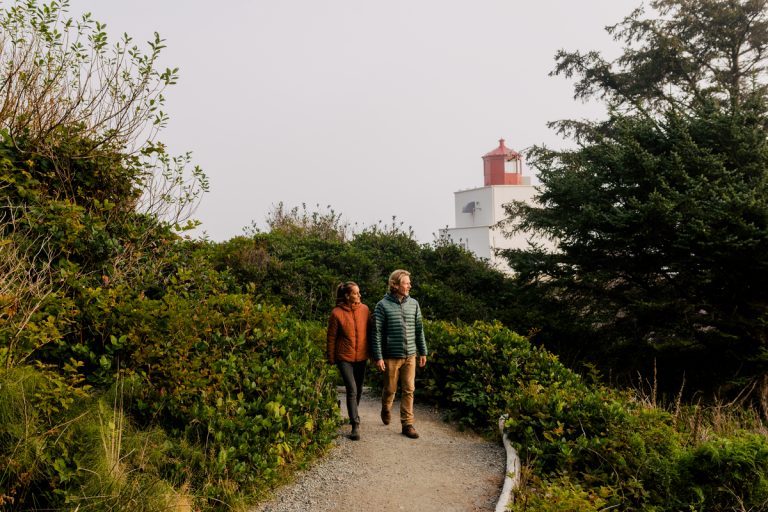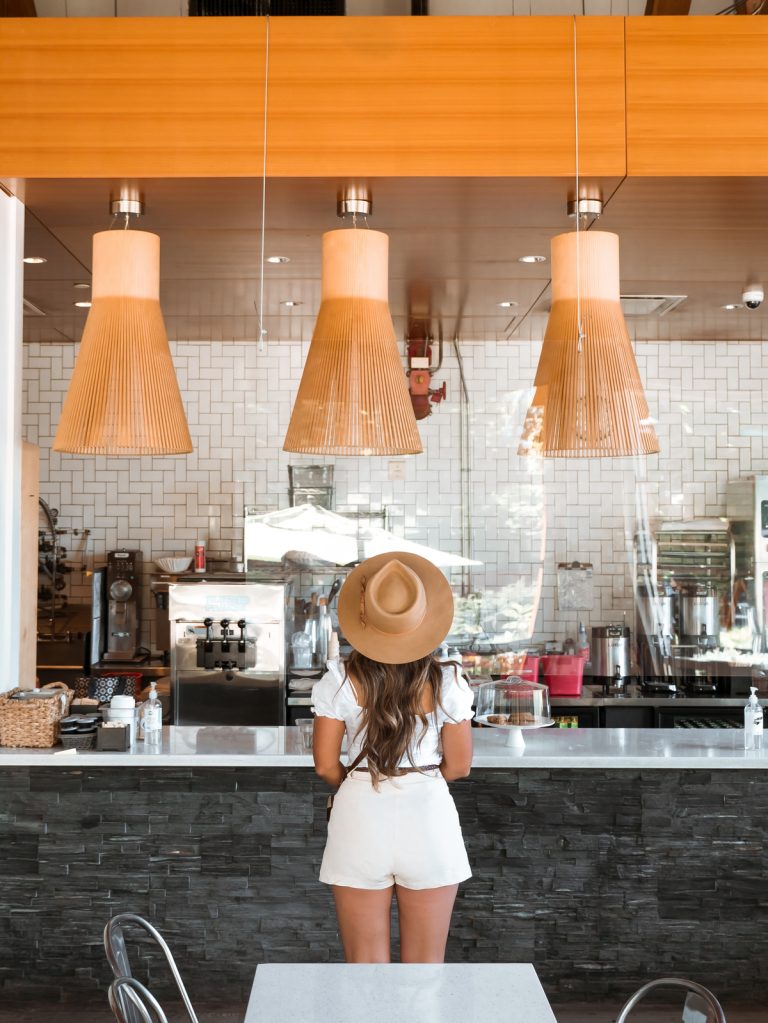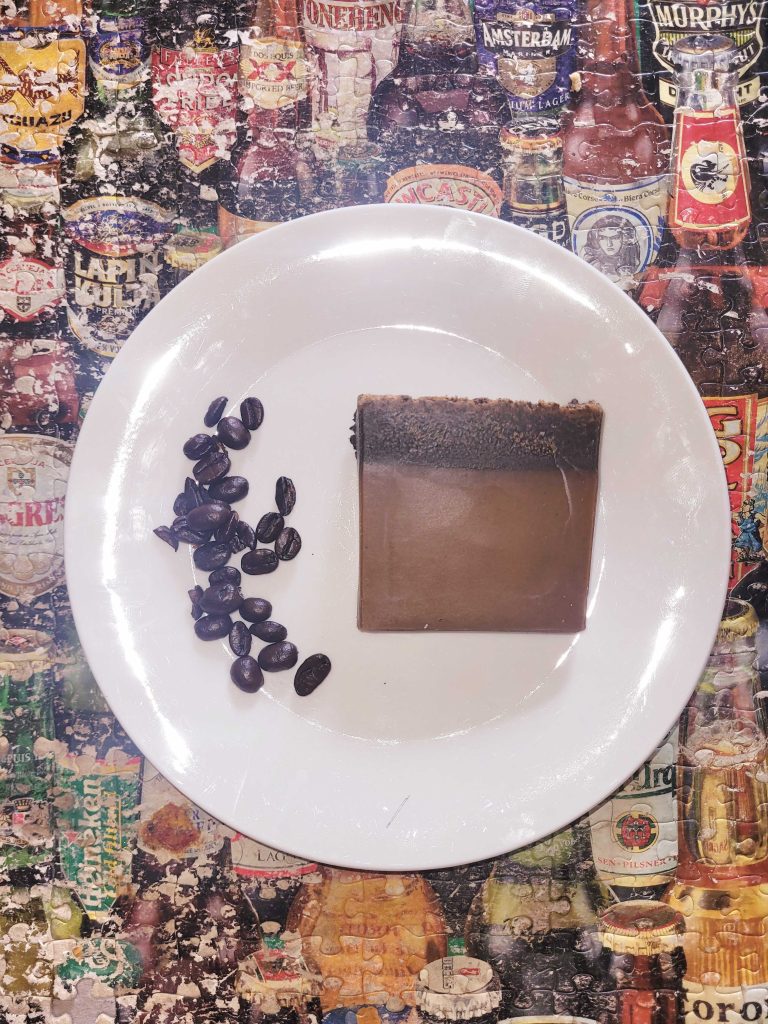French press coffee (aka cafetiere) sounds very fancy but it is one of the easiest and least expensive ways to brew a cup of joe in the morning. A french press coffee maker has no mechanical moving parts making it very long-lasting and reliable. Although, the manual nature of the french press coffee maker takes slightly more work and knowledge than a simple drip coffee machine; the French press allows for far more control and customization. Ultimately, allows you to brew the perfect cup of coffee for your own personal tastes.
Need equipment:
You will need the following household kitchen supplies to make french press coffee at home.
French press:
Obviously, you are going to need a french press. They are generally cost about $20 but I have bought a french press from Ikea for $10. The biggest factor to consider is how much coffee you want to drink; dictating the size of your french press. Glass presses are generally more affordable and allow you to watch the brewing process. However, I have personally broken many glass presses, so a stainless-stain french press might be a better investment if you are accident-prone.
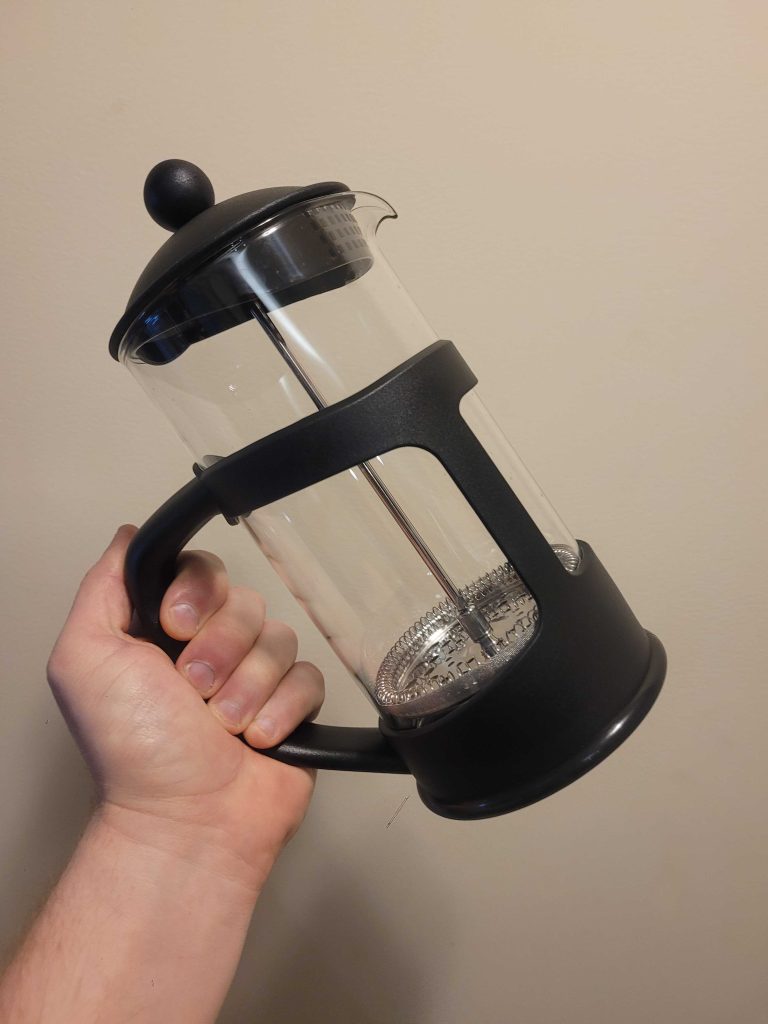
Kettle:
You need a hot water kettle to brew coffee. Most people say that a gooseneck kettle is the best because it gives you the most control to saturate all the grain to prevent clumping. I personally use a regular whistling kettle.
Thermometer:
Temperature is an easy brewing factor to control and allows for a great level of personalization over the taste of the coffee.
Kitchen Scale:
Weighing the coffee grain and water make for the most consistent brews from batch to batch. Quickly you will become busy and lazy and brew coffee based on the approximate volume of water and coffee grounds. But a kitchen scale will allow for some easy experimentation on the coffee to water ratio on the weekend.
Coffee Grinder:
You will need a coffee grinder if you are using whole bean coffee.
Spoon:
If you don’t have a spoon coffee should not be your top priority.
French Press Coffee brewing process
Step 1: Weight/measure coffee
Weigh out the coffee beans or grounds. Generally, you want between 12 to 15 grams (or ml) of water for every 1 gram of coffee. For example, my french press holds about 800 ml so I need 53 grams of coffee (1 gram of coffee for 15 ml of water).
Step 2: Grind
Course grind whole coffee beans until you have a grind slightly finer than coarse salt. The large coarse grains will filter out better by the french press’ screen. Unlikely a drip coffee maker, the french press coffee grains are going to spend a relatively long time submerged in hot water. The flavour compounds will be more slowly be extracted from the large grounds, preventing the coffee from becoming over-extracted.
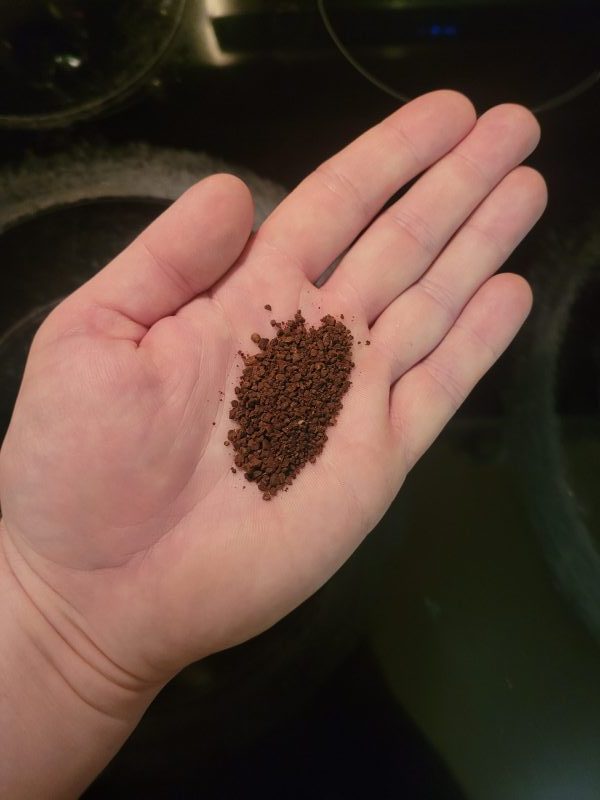
If you are using ground coffee simply skip to step 3
Step 3: Mix coffee and hot water
Add the measured ground coffee and water together. Mix with a spoon to ensure all the coffee grounds and fully saturated with water. Ensure there are no lumps or dry spots.
Water TemperatureThe ideal water temperature for coffee is between 90.5 c (195 f) to 96 c (205 f). Don’t use boiling water or you may “burn” your coffee, leaving an overly extracted bitter coffee.
The water temperature affects the rate of the extraction process. The hotter the water the faster the flavour and aroma compounds will dissolve from the bean into the coffee/water. The hotter the water the harder it is to control the extraction of oils, acids, and caffeine.
Step 4: Steeping
Place the lid and plunger on top of the french press and slightly depress the plunger so that all the coffee grounds are below the surface. Do not push the plunger all the way down.
Steep the coffee for 3 to 4 mins.
The acids (such as citric acid) in the coffee are very water-soluble so coffees made with a relatively short steeping time will taste acidic and thin-bodied with a quick finish. Next, the fats and oil will extract rounding out the body and mouthfeel. Lastly, the relatively long complex sugars that were not burnt in the roasting process will steep into the coffee. Coffees with relatively long steep times still have the same total acidity as coffees with a short steep time. But coffees with long steep times have more flavour compounds to balance out the acidity.
If the steeping is too long or hot then the plant fibers (tannins) will be extracted making the coffee bitter and astringent.
Step 5: Drinking
After desired steeping time, slowly push the french press’ plunger all the way down and pour a cup of coffee. Don’t leave any coffee sitting on the grounds in the french press, or the coffee will over-extract. Pour any leftover coffee into a thermos and keep warm.

